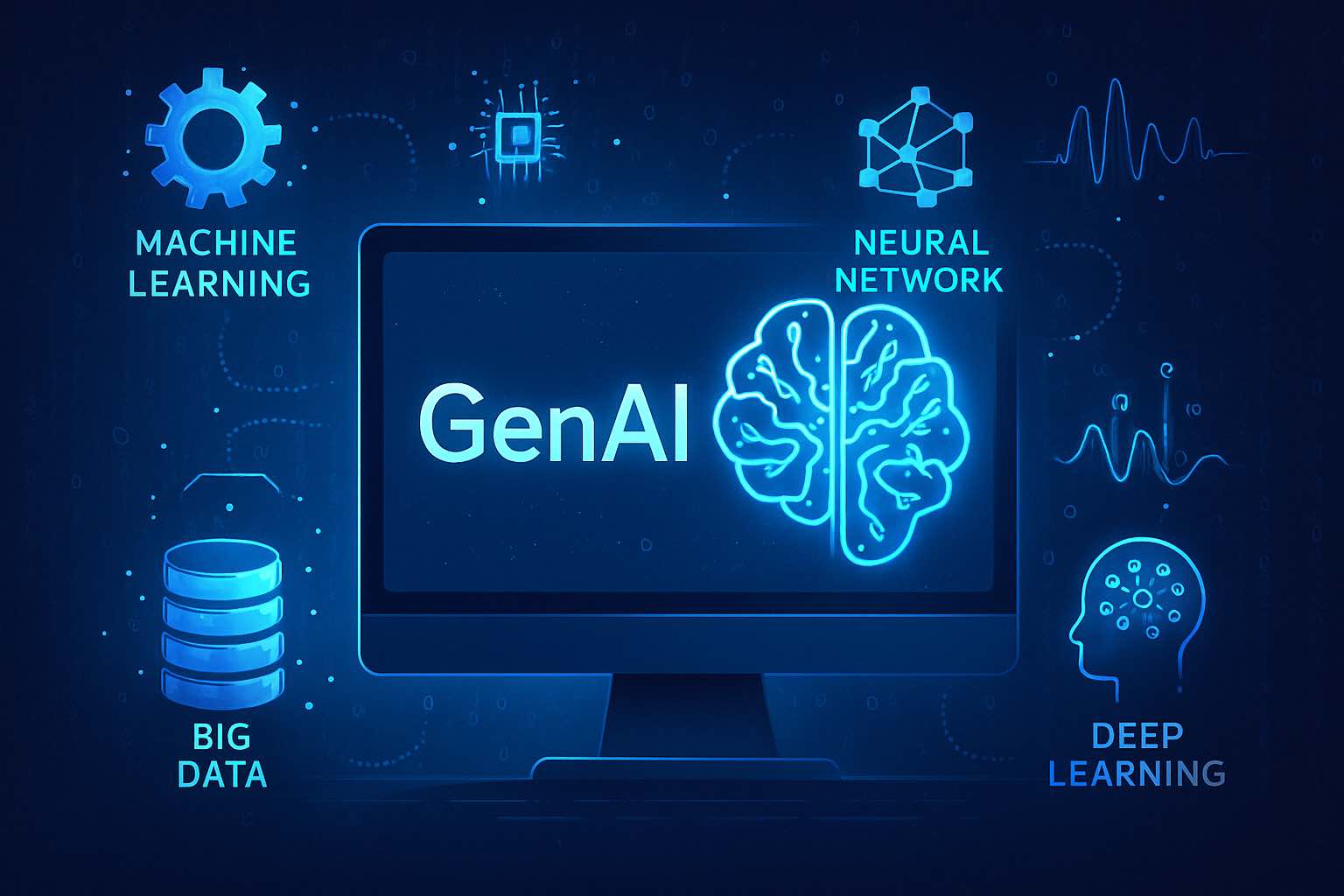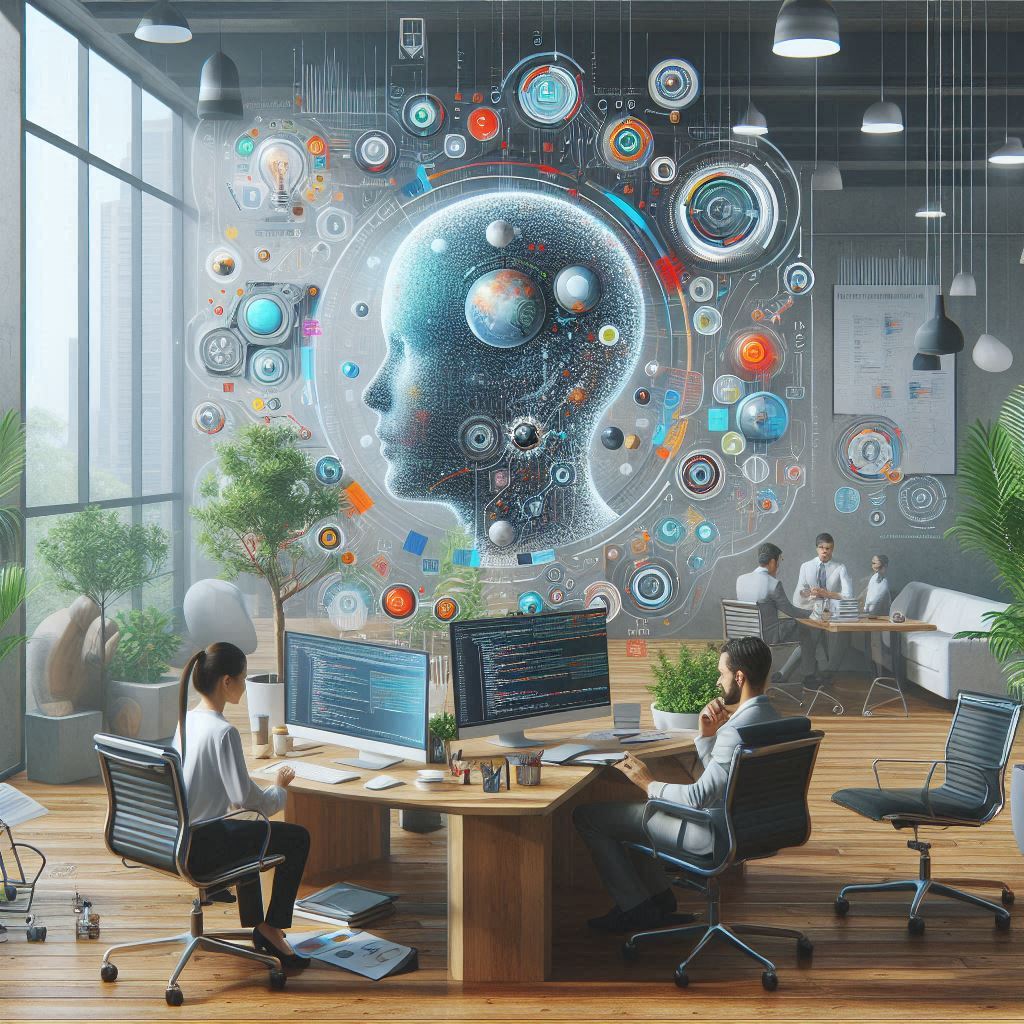The Future of Web Design: AI-Generated Interfaces
When I started to develop webpage more than a decade back, it used to take several weeks to months. At present, it takes less than an hour to build a workable website. Some driven by artificial intelligence (AI) applications generate detail codes in some minutes and that will be deployable with some customization. The tech world moving with the advancement of AI, and web design is one of the crucial tech products which benefits a lot from such innovation.
At present, web design is undergoing a profound transformation because of AI. As AI technologies continue to evolve, they are reshaping the way websites are designed, developed, and optimized for user experience. AI-generated interfaces are poised to become the norm, providing efficient, adaptive, and personalized digital experiences.
AI-Driven Design Automation
AI-powered design tools, such as Adobe Sensei and Figma’s AI enhancements, are revolutionizing the creative process. These tools automate repetitive tasks, suggest design elements, and even generate entire web layouts based on user preferences and business needs. AI-driven design automation not only saves time but also enhances creativity by allowing designers to focus on more complex and strategic aspects of web development.
Personalization and Adaptive Interfaces
Modern web users expect personalized experiences, and AI makes this possible by analyzing user behavior, preferences, and interactions. AI-generated interfaces can dynamically adjust elements such as content, color schemes, and navigation based on real-time user data. This leads to more engaging and intuitive web experiences, increasing user satisfaction and conversion rates.
Conversational UI and Voice Interaction
With advancements in natural language processing (NLP), AI is enabling more interactive web experiences through chatbots and voice interfaces. Conversational AI, such as ChatGPT and Google’s Bard, allows websites to offer real-time assistance, personalized recommendations, and seamless customer support. Voice-enabled interfaces are also becoming a key feature in accessibility-driven web design.
AI-Powered Testing and Optimization
AI is streamlining A/B testing and website optimization by rapidly analyzing user interactions and predicting the most effective design variations. Tools like Google Optimize and Optimizely leverage machine learning to refine UX elements, ensuring continuous improvements in website performance and user engagement.
Challenges and Ethical Considerations
Despite the benefits, AI-generated interfaces come with challenges. The challenges such as algorithmic bias, lack of human creativity, and concerns over user privacy need to be addressed, and majority of such creations follow the similar pattern. Additionally, the web designers must find a balance between automation and human input to ensure that AI-generated designs remain unique, ethical, and aligned with brand identity.
Conclusion
AI is undoubtedly shaping the future of web design by making interfaces more intuitive, efficient, easy and user centric. As AI technology advances, the collaboration between human designers and AI tools will be crucial in delivering innovative and impactful digital experiences. However, the future of web design is not about replacing designers but empowering them with AI-driven capabilities to push creative boundaries and enhance user interactions.
#webdevelopment #machinelearning #ai

About the Author
Krishana Gyanwali
Krishana Gyanwali is a Senior Data Science Consultant and Machine Learning Engineer with over a decade of experience in the IT industry. Currently working with Creative AI Networks, he specializes in cutting-edge cloud analytics solutions, helping businesses harness the power of data-driven insights. As a thought leader in the field, Krishana has authored insightful articles on Generative AI and its real-world applications, as well as the integration of Copilot in Microsoft Fabric, showcasing how AI enhances data utilization. His expertise spans data science, AI, and machine learning, making him a key contributor to innovation and strategic advancements in the industry. He also has a good amount of experience in web page development, inventory management, marketing technology and human resource management. He is founding member and CEO of Creative AI Networks.




Rob
7 months agoThis is impressive KG!!